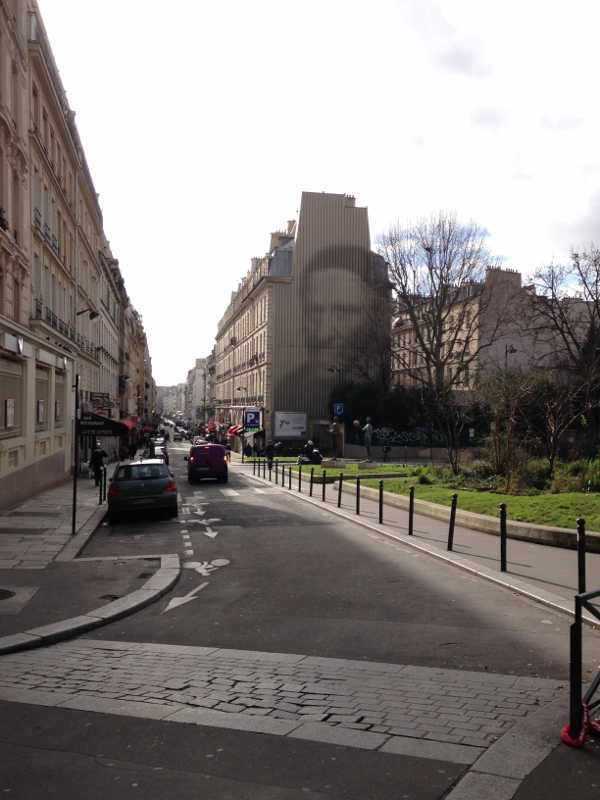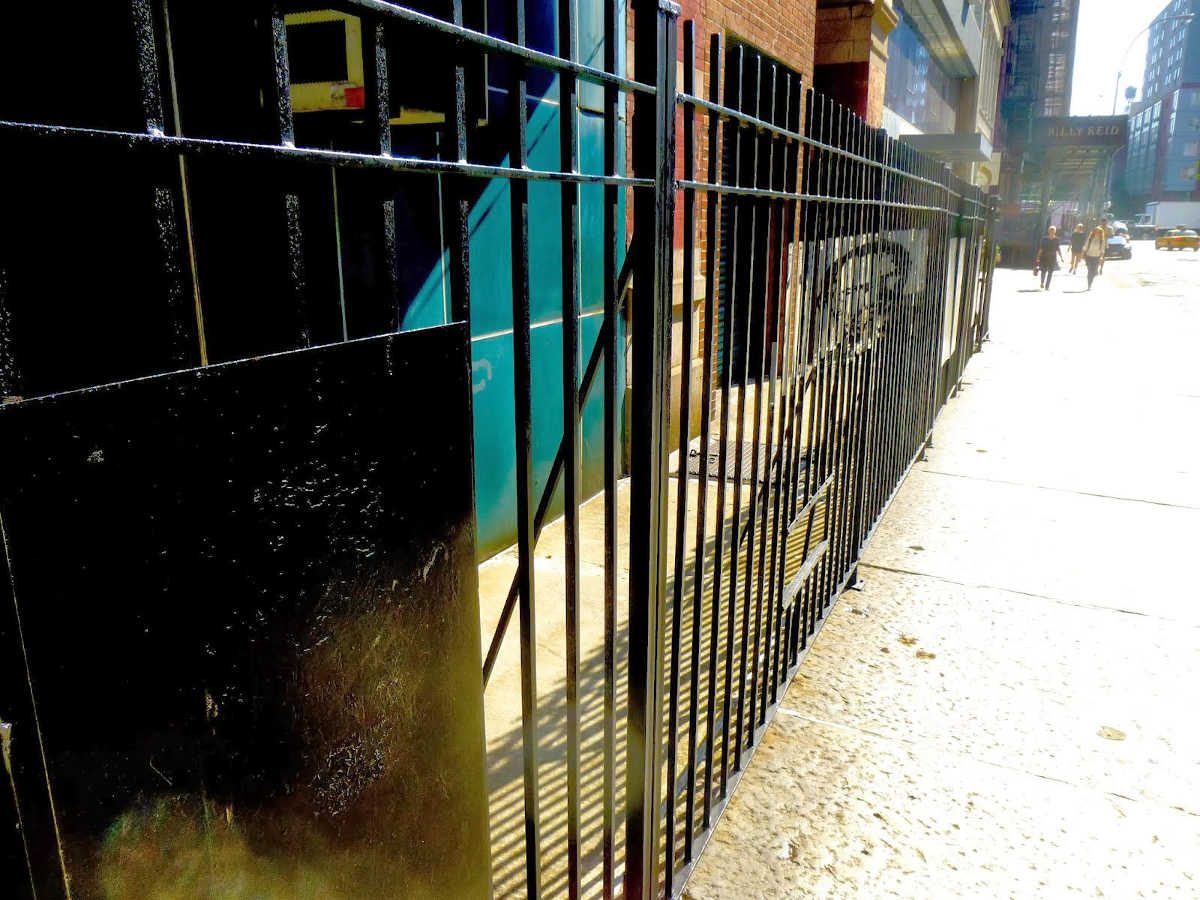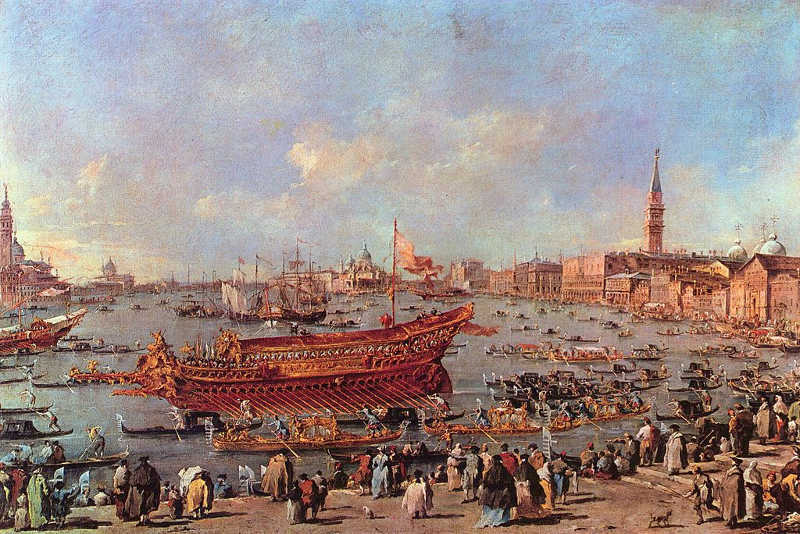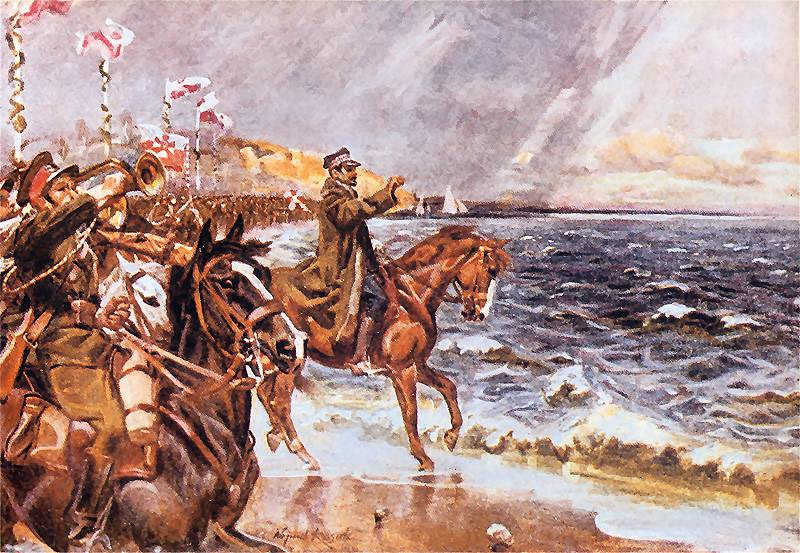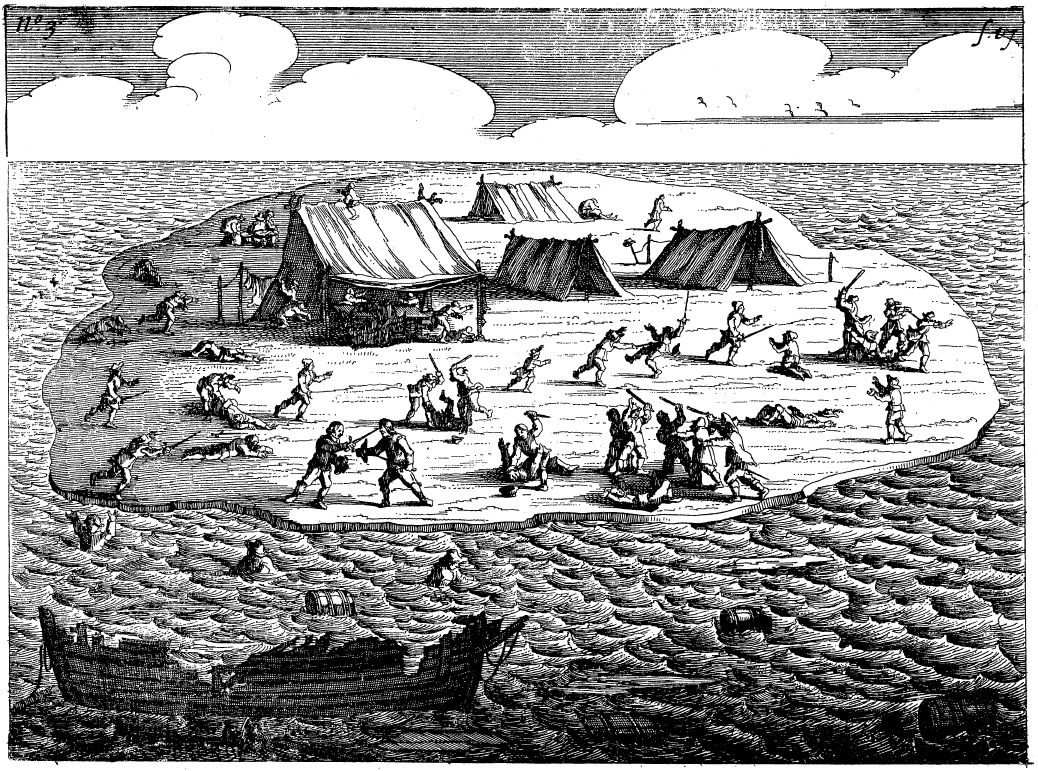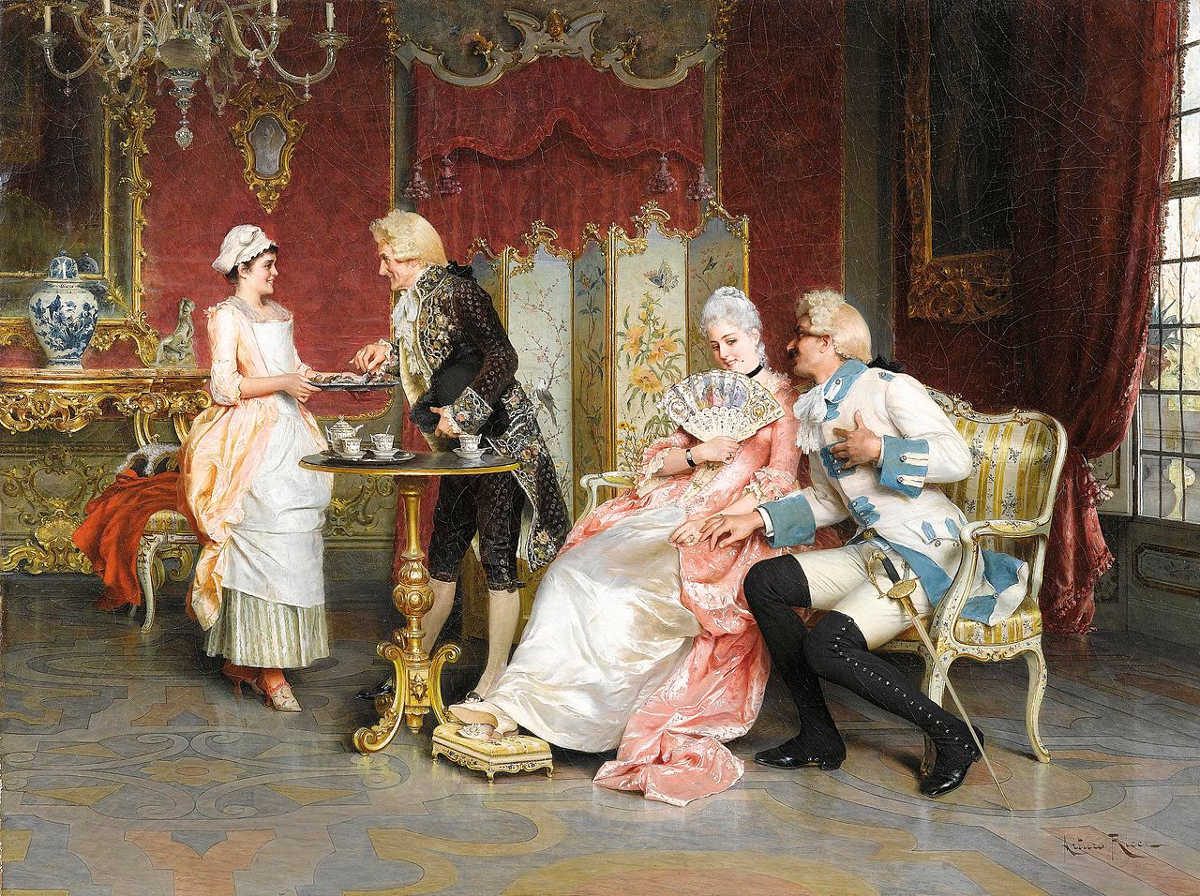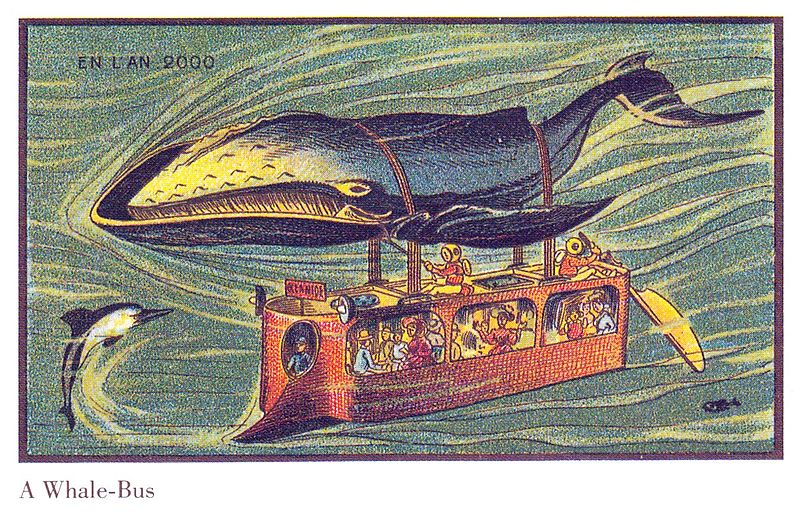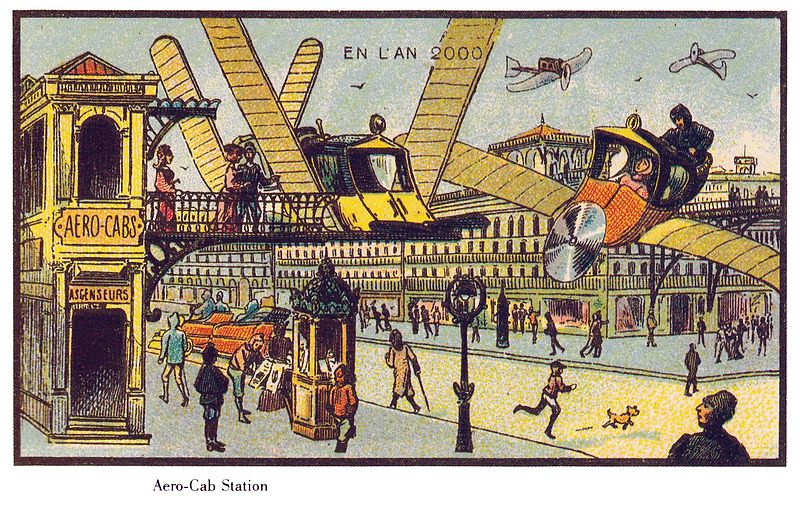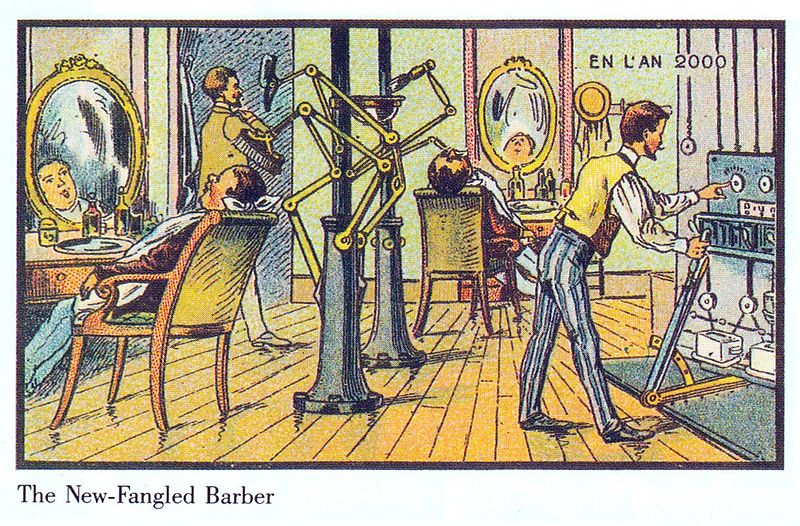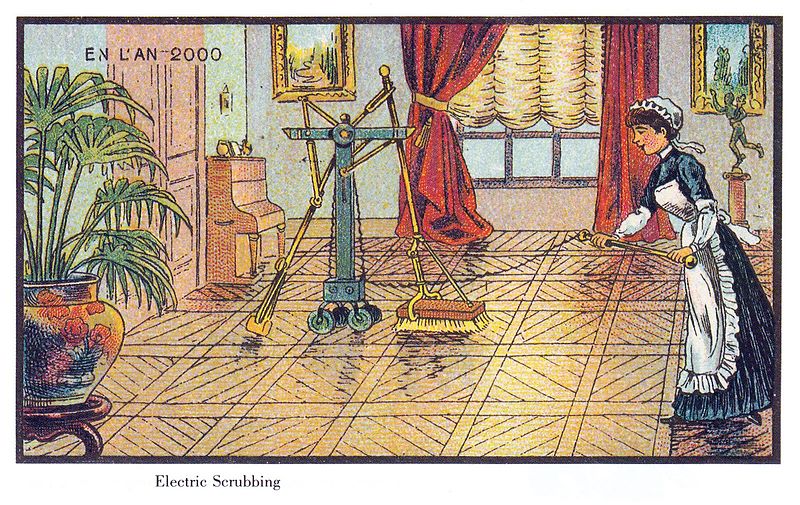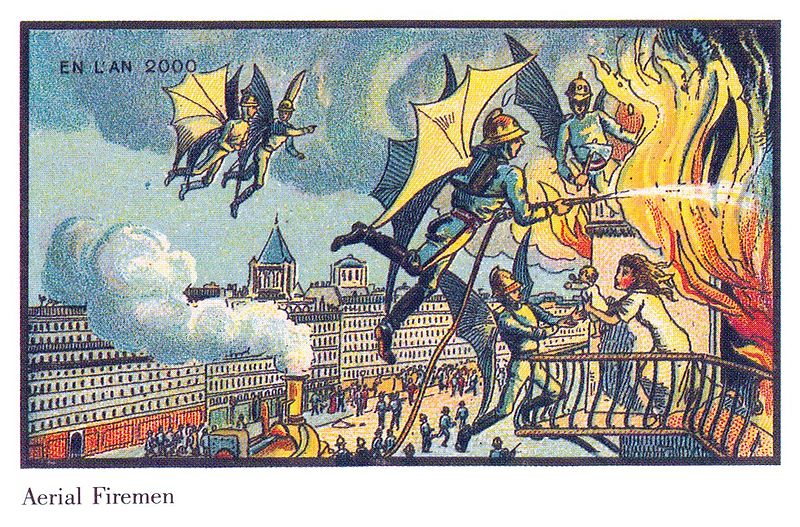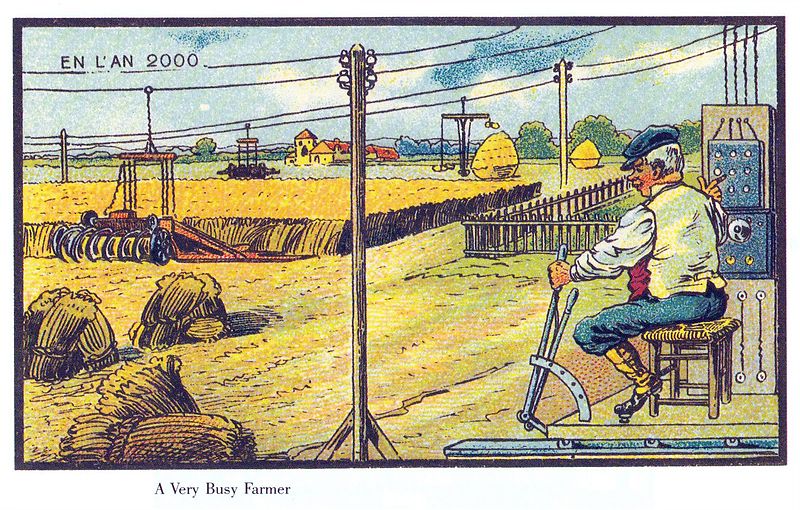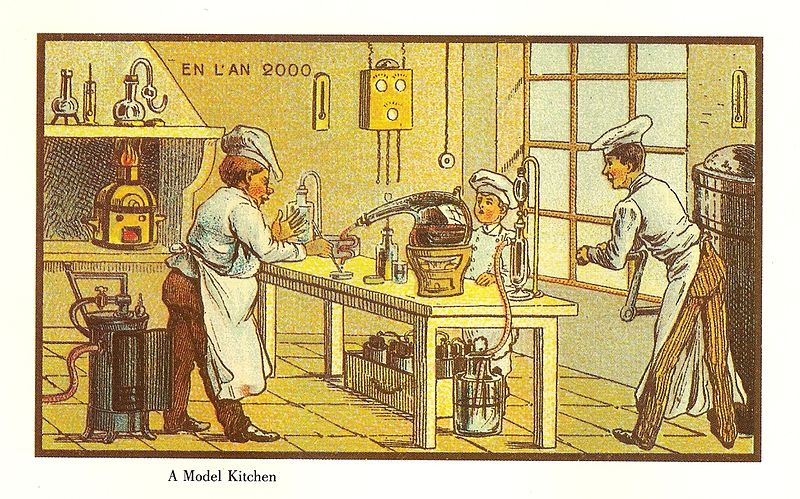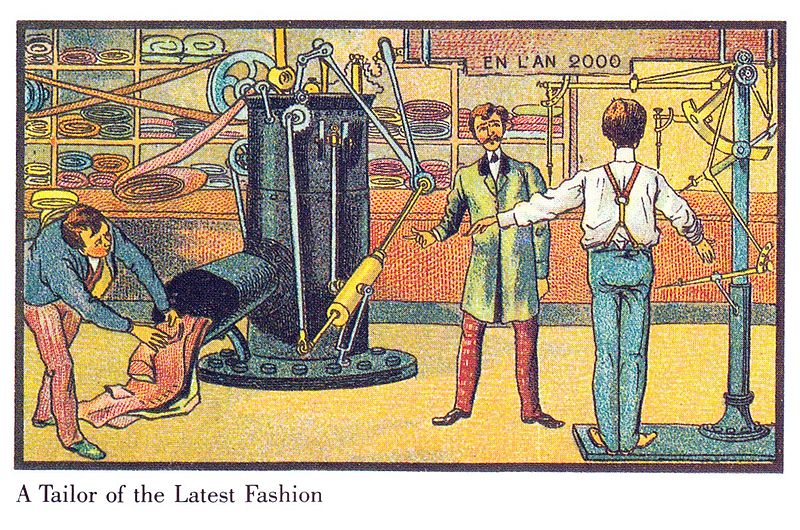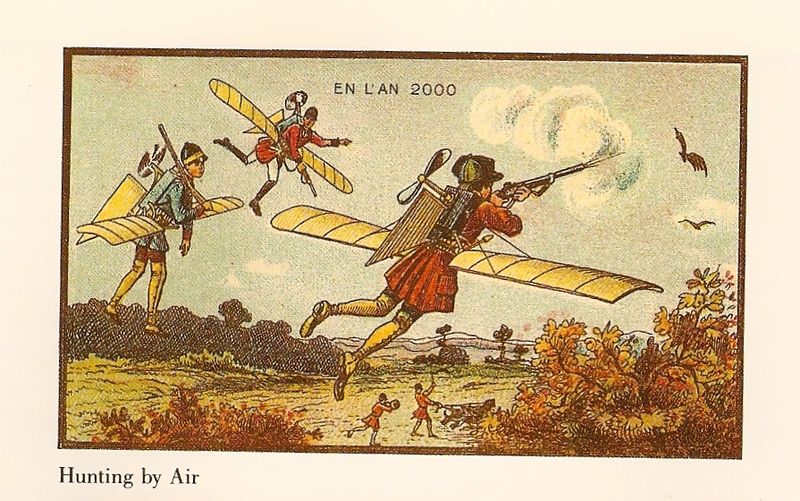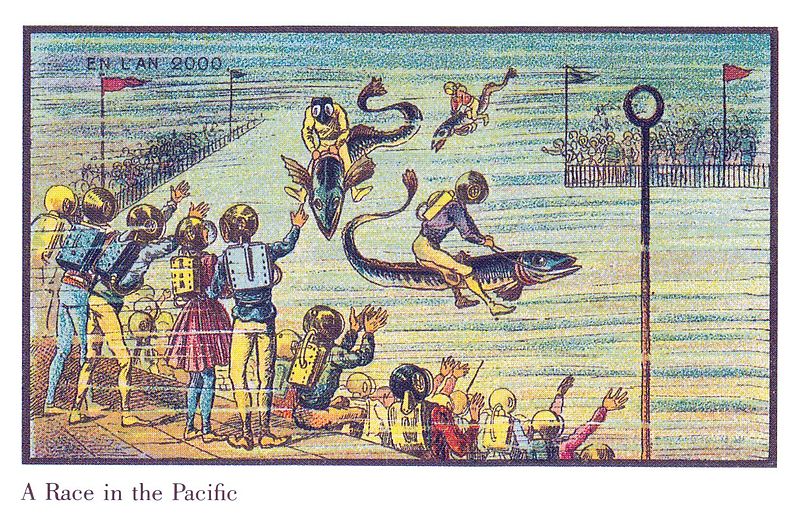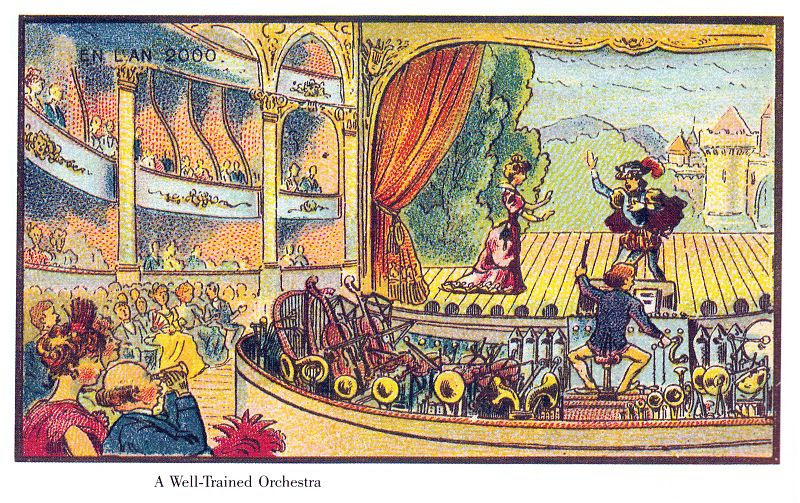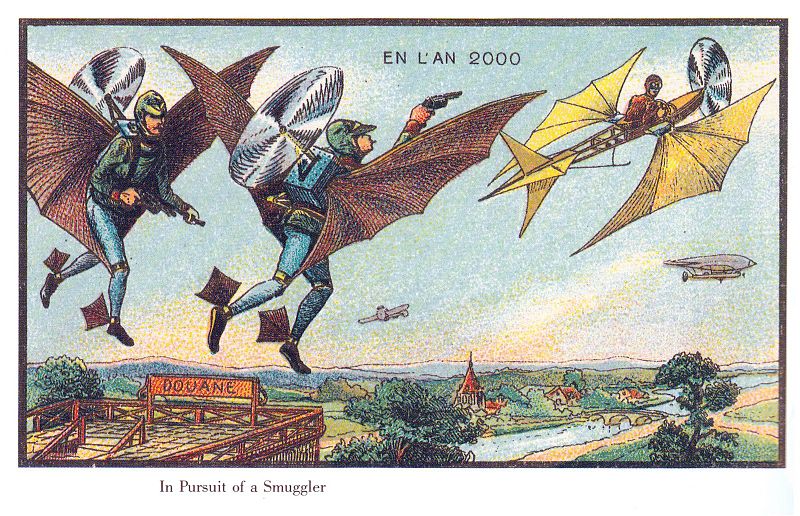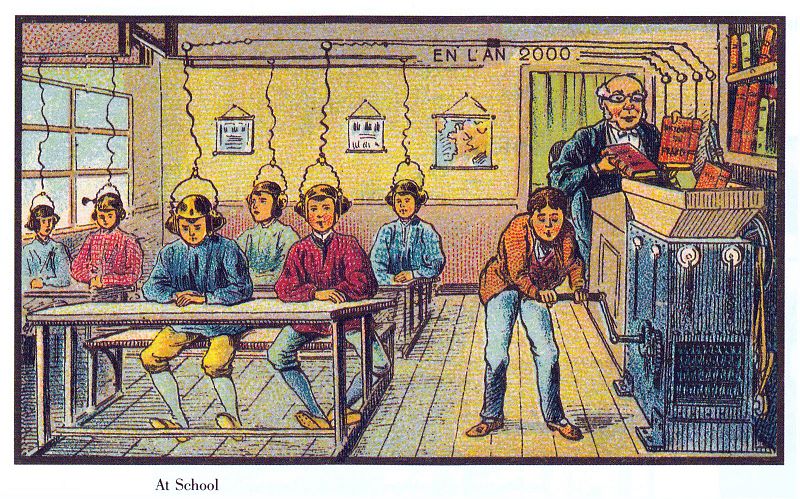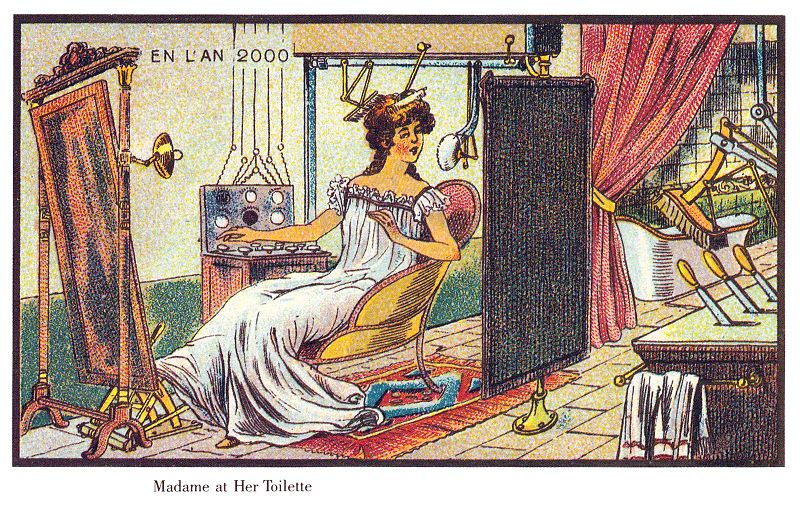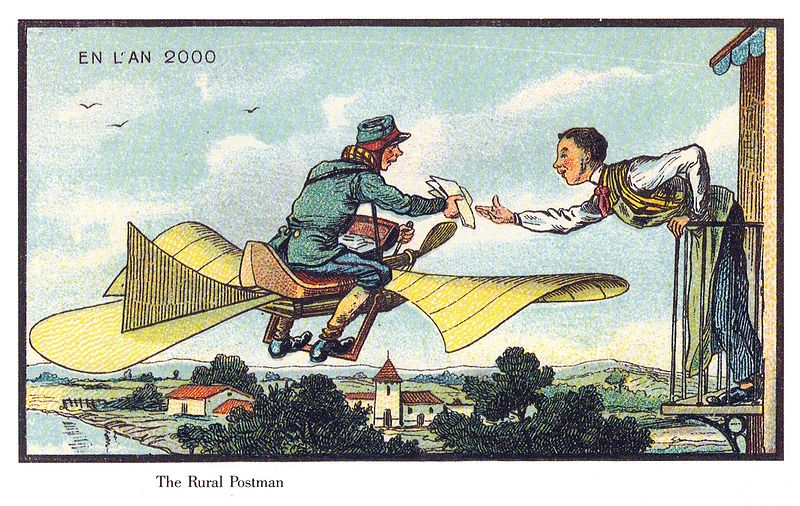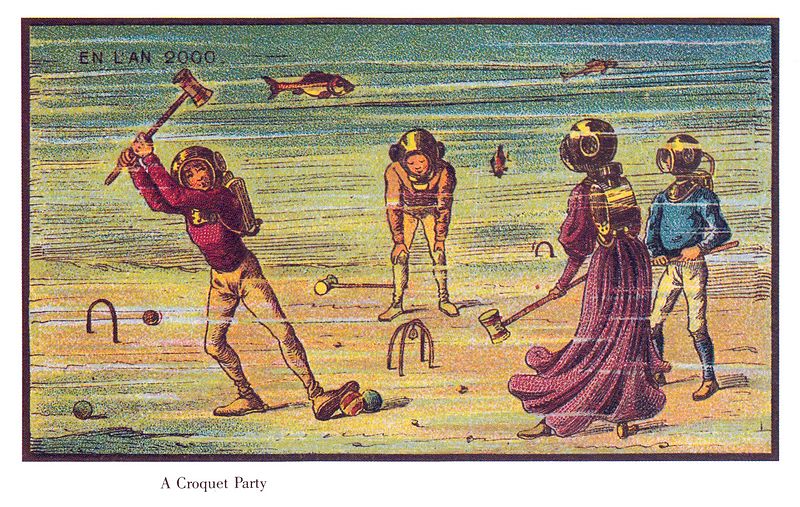
The Oxford Companion to the Garden notes a curiosity at Packwood House, a Tudor manor house near Lapworth, Warwickshire:
At some time, possibly in the early 18th century, a mount was made beyond the garden walls to the south on the axis of a gateway in the garden walls and the garden door of the house. Long known as the Sermon on the Mount it is crowned with a single yew with, clustering about it on the slopes, further yews representing the twelve apostles and the four evangelists.
The yews are more than 350 years old, but it’s not clear who devised this setting. A drawing of the garden from the 1700s has survived, but there’s no trace of the mount. The earliest known written description of it appears in Reginald Blomfield and F. Inigo Thomas’ The Formal Garden in England (1892). “Blomfield was told that it represented the Sermon on the Mount by the gardener who was clipping the yews when he visited.”


